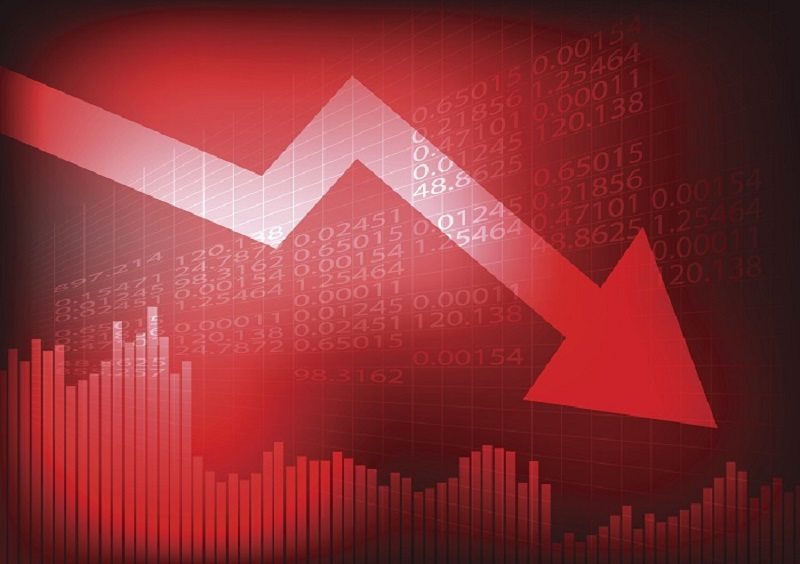On the face of it missing forecasts by 0.2% to post 0.3% growth in the first quarter would suggest the British economy has taken a dive over recent months, but digging a little deeper reveals a different picture.
The issue can be clouded by many factors, from something as unpredictable and varying as the British weather to how early in the year we are.
That is before you even consider the real world implications, with GDP per capita far more important to the prosperity and quality of life in a nation than overall GDP levels.
“I suspect it will turn out that this is a first quarter blip, and with the majority of data yet to come through this year I expect the final figures to be different,” said Philip Lawlor, chief investment strategist at Smith & Williamson. “It is not ideal but is certainly not a game changer,” he added.
“The dip in first quarter economic growth may not bode well for the current government just days before a general election, but it should not be taken as a signal of an economy beginning to stumble,” said Kerry Craig, global market strategist at J.P. Morgan Asset Management.
“This initial release is based on less than half of all the available data that comprises the final measurement, which can be subject to heavy revisions,” Craig added. “Meanwhile, survey data has been pointing towards a pick-up in economic activity over the past couple of months. The purchasing managers’ index for manufacturing has been well above the key level of 50 for some time and has steadily risen over the first three months of the year.”
An important thing to keep in mind when weighing up how to respond to a GDP report is which sectors of the economy in particular have been responsible for a rise or fall. The performance of construction, manufacturing, services and agriculture can varying significantly and each has different investment implications in both the near term and longer term.
“It was the construction sector where output fell by 1.6% which explains most of the shortfall,” said Helal Miah, investment research analyst at The Share Centre. “However, the agriculture and manufacturing sectors also fell and the increased output of 0.5% from the services sector was nothing to shout about.
“We do not believe that this reflects a change in the direction of economic growth and feel that these disappointing numbers reflect more temporary factors,” Miah added. “Investors should acknowledge that the economy still is in good shape which should be helped by lower oil prices, with better expectations for some of our main trading partners including Europe.”











